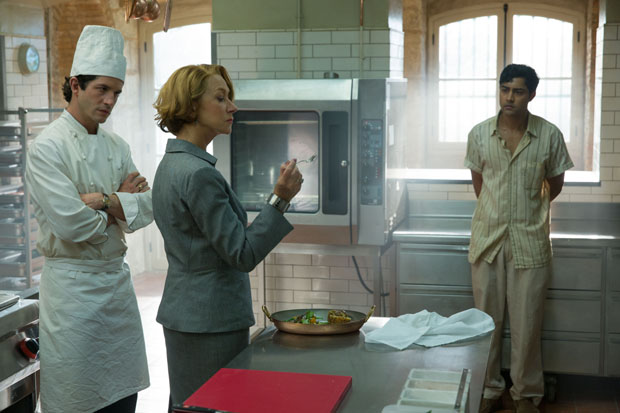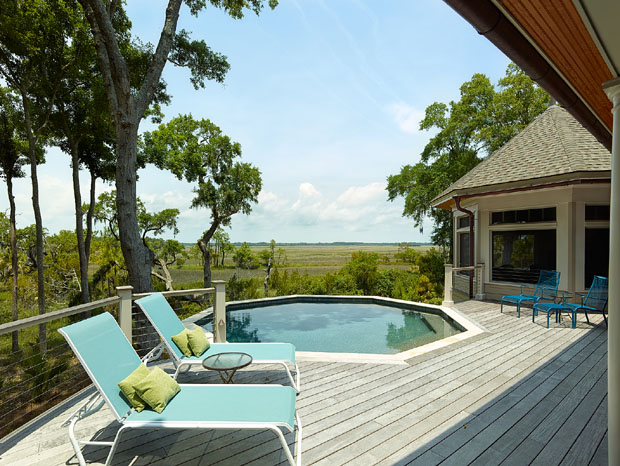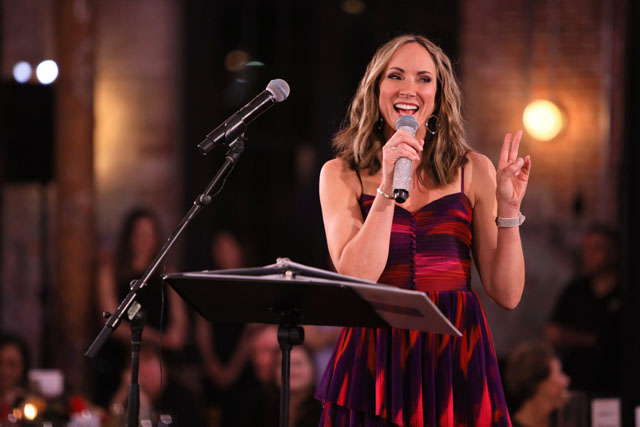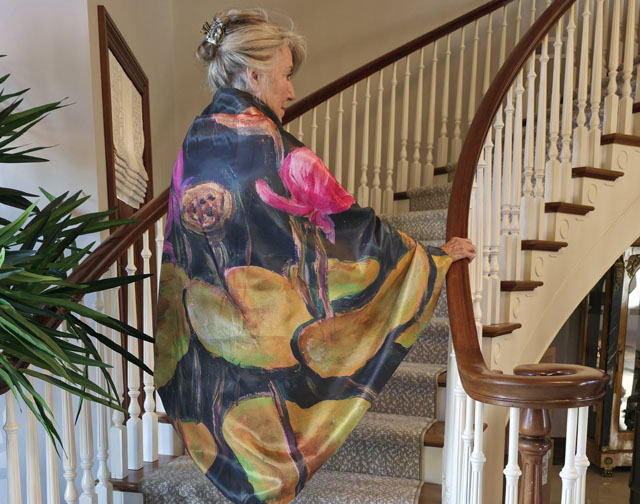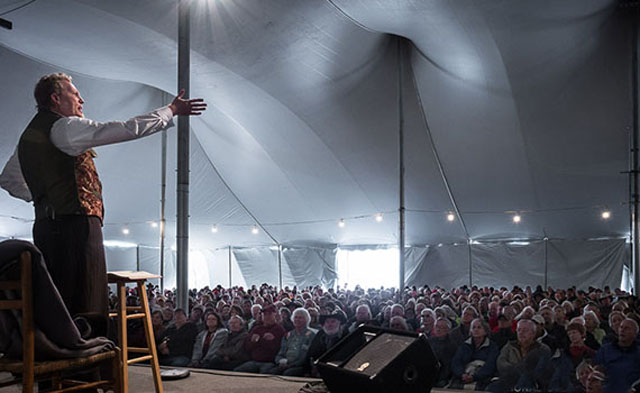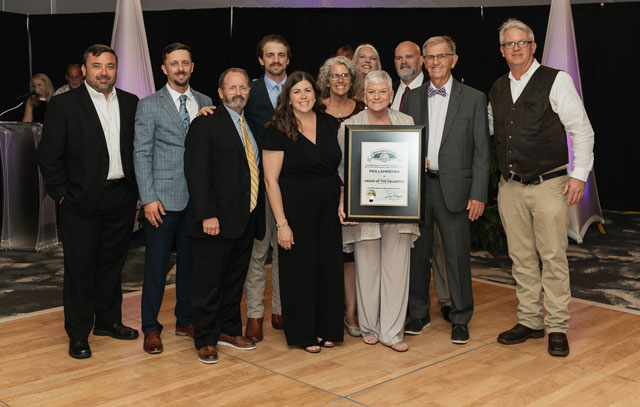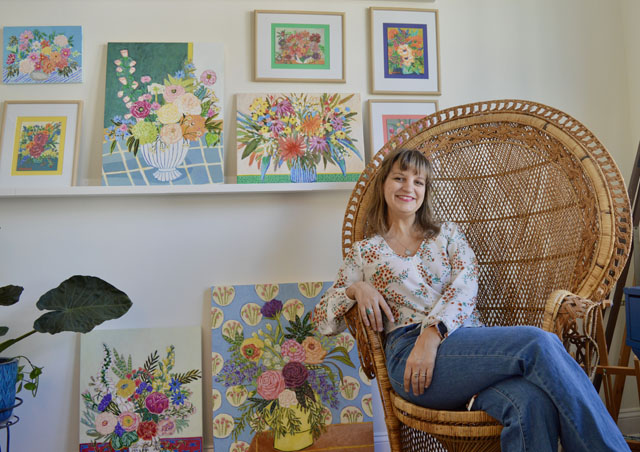Women of Influence
01 Mar 2012
Since the beginning of Charleston’s existence, women have played a vital role in shaping our city
By Harlan Greene
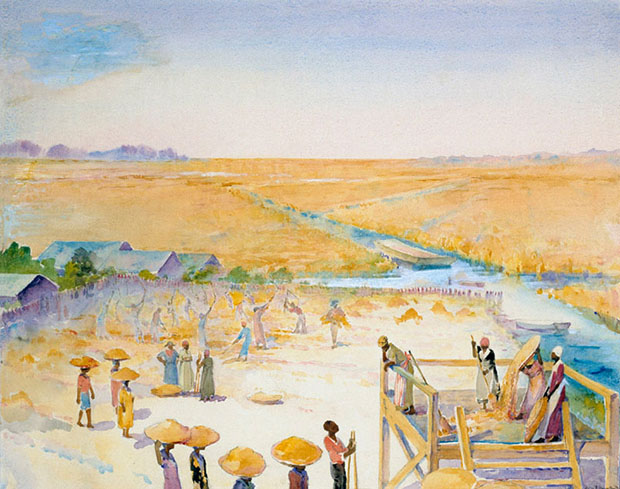
Although Charleston was named for a man (King Charles II of England), women have nevertheless made a glorious name and place for themselves here. In fact, in every century and in every field, women, mostly in eras not auspicious to them, overcame obstacles to create this unique society residents and visitors enjoy today.
Among the initial settlers who landed here in April of 1670 was Affra Harleton, who not only gave her name to the neighborhood Harleston Village, but also endowed the Episcopal Church with a gift of land that lasted into the 20th century.
In the next century, Henrietta Johnston came to our shores – she entered history as America’s first professional woman artist. Her delicate pastel portraits give a view into her world, and can be seen in The Gibbes Museum of Art.
As Charles Towne grew (later known as Charleston), it became the wealthiest city in all the colonies. The economy was rooted in agriculture and several women played key roles in developing and sustaining it. Martha Logan, one of the earliest horticulturists in the area, produced her Gardeners Calendar, the standard text for local growers, while Elizabeth Lamboll was famous for her botanical garden laid out on the “European Plan”. Few men or women could hold a candle to Eliza Lucas, the plucky young woman in charge of her absent father’s planation. In 1744, Lucas produced an indigo plant that equaled that of the West Indies, thus creating the colony’s second largest cash crop after rice. Furthermore, in her marriage to Charles Pinckney, she became mother of diplomat Charles Cotesworth Pinckney and ambassador and Congressman Thomas Pinckney, and is now known as one of the “foremothers” of the country.
In these times of great political change and upheaval, Elizabeth Timothy, the first female newspaper publisher in America, and her daughter-in-law Ann Timothy, printer to the State of SC, stepped into and succeeded in a man’s world of politics and publishing.
With no right to vote and told to be divas of domesticity, some women did what was expected of them while others did not. In 1832, Caroline Gilman launched The Rosebud, the first children’s magazine in the country, and a year later Penina Moise produced what scholars believe to be the first volume of poems by a Jewish woman this side of the Atlantic. In this same era, two local sisters, Sarah and Angelina Grimke, left Charleston and entered the annals of feminist legend. Both renounced slavery. They not only wrote on the topic but stood up for their ideals by speaking out in public in times when “ladies” did no such things. Angelina made American history when she became the first woman to address a legislative body and they both advocated women’s right to vote decades before it became a reality. In artist Maria Martin, we can see the role often allotted to those brave souls locked in chains of domesticity. Combining a knowledge of botany with an artist’s skill, Martin so impressed John James Audubon that he asked her to help him with his monumental work, The Birds of America and other publications. But she was kept in the background, literally – painting the elements framing Audubon’s centerpieces.
When the country erupted into Civil War, two Charleston sisters became some of the most heralded women of the Confederacy. Phoebe Yates Pember headed the largest hospital in the world at the time, the Chimborazo, in Richmond, VA and brought women to the forefront of the nursing profession. She was eclipsed by her more pugnacious sister, Fanny Yates Levy, who raised the ire of Union General Benjamin Butler. She became a symbol of the south, a prisoner exiled to a nearly uninhabitable island for her political beliefs.
If Charleston women personified the war effort, they also became great movers and shakers in the 20th century as the civil rights movement took up the unfinished work of emancipation. Charleston native Septima Poinsette Clark, fired as a teacher for being a member of the NAACP, went to work with Dr. Martin Luther King and the Southern Christian Leadership Conference after creating the citizenship schools across the south. These taught African Americans to read and stand up for their rights in the voting booth.
As in civil rights, local women led the charge for equal rights for women as well. The trio of Pollitzer sisters (you can see a memorial to them at 5 Pitt Street) left their mark on the city, state and country. Carrie Pollitzer helped open the College of Charleston to women in 1918 and her sister Mabel, a leader in education helped found the free library, whose director Laura Bragg – later of the Charleston Museum – was the first director of a science museum in this country. The third sister, Anita, became the most famous of the three. A radical feminist of her day, she held various leadership positions in the National Woman’s Party and was a key player in the passing of the 19th amendment giving women the right to vote. Coincidentally, she also introduced photographer Alfred Stieglitz to the painter Georgia O’Keefe, who together would have a dynamic impact on art of the century.
It was as this time too, that Charleston began her cultural revival, known today as the Charleston Renaissance, when art and preservation came to the forefront and helped make the city a major tourist destination. Artists Elizabeth O’Neill Verner and Alice Ravenel Huger Smith created the iconic images of Charleston that began to lure visitors and art buyers. And it was Susan Pringle Frost, who in 1920 was the moving force that founded the Society for the Preservation of Old Dwellings – now the Preservation Society – the first preservation group determined to save the remnants of a city men and women had built and shaped from the 1670s on.
“She guards her buildings, customs and her laws” is often given as the translation of the seal of the city. And on it a classical female figure sits, with the skyline of steeples and buildings in the background. That Charleston is a “she” is beyond debate. “They tell me she is beautiful, my City/ that she is colorful and quaint, alone/ among the cities,” wrote DuBose Heyward, the author of Porgy (the basis for the revived Porgy and Bess, with contributions by his wife Dorothy, now on Broadway in New York City). “And these my songs, my all, belong to her,” he finished most fittingly.
Here in America’s most polite city, “ladies first” is not just a point of etiquette. In many ways, the very same holds true for our history.

